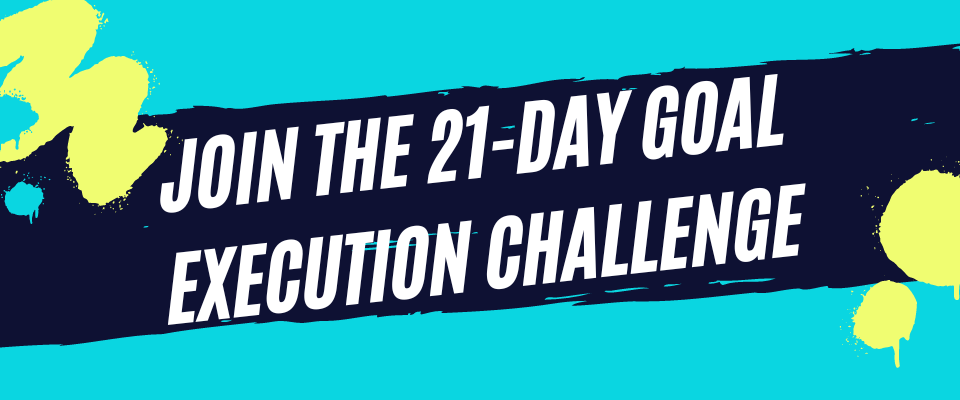Maturity Model Example | Student Study Habits
Gartner uses the concept of a maturity model to depict the maturity of an IT Organization. Let's look at how a maturity model works. We'll also consider an example of a maturity model that depicts the progression in a student's study habits, using the same ideas.

A maturity model is related to business intelligence and is used to position IT in the context of the business. Maturity models present an IT Organization through various maturity levels. They assess the current level of maturity and describe the next desired level of maturity to be achieved. This helps IT Organizations develop a strategy that can help them improve to reach the next level of maturity.
Gartner's IT Infrastructure and Operations Maturity Model evaluates many areas in the organization including people, process, technology and business management. Maturity models establish a roadmap for how IT can be a better service provider as well as a strategic business partner. Each level in a maturity model provides substantially higher business value and transition from each level can take multiple years.
In Gartner's Maturity Model, there are 6 levels of maturity.
- Level 0 is Survival - There is little focus on IT infrastructure and operations.
- Level 1 is Awareness - The firm realizes that infrastructure and operations are are critical to business and begins to take action to gain operational control.
- Level 2 is Committed - The firm aims to increase customer satisfaction by becoming more customer-centric and by moving to a managed environment.
- Level 3 is Proactive - At this stage, an IT Organization implements proactive processes such as change management. It also gains efficiencies and service quality via policy development and governance structure.
- Level 4 is Service Aligned - IT is managed like a business and is customer focused.
- Level 5 is Partnership - IT is a partner to the business for increasing the competitiveness and value of business processes.
Using our own criteria, let's look at what a maturity model for student study habits might look like.
Example of Maturity Model - Student Study Habits
The maturity model I have created for university students has four levels of progress. From level one to four, they are: Negligence, Survival, Committed, and Proactive. Each level is defined by four characteristics, performance on: exams, assignments, group projects; and overall stress level experienced.
As students progress through their studies, they likely move through each of the levels described above. Three of the four characteristics that define each level are related to the kinds of tasks a student has to study for. A student’s study habits correlate with demands related to exams, assignments and group projects.
The last characteristic relates to overall student satisfaction and wellbeing – how stressed the student is. A student who is at higher levels of the maturity model experiences successful results with exams, assignments and group projects. Such a student is also able to effectively manage stress levels and keep them at a low by being organized.
Such a student is able to balance the workload of multiple classes without struggling and is able to concurrently manage school and personal life events. A student at lower levels of the maturity model experiences opposite results. Such as student experiences high stress and low performance on assessments. We will explore exactly what this entails as we now consider each level of the maturity model, moving from stages one to four.
The first level of the maturity model is known as negligence. Students who first start university may not have established good study habits. Poor study habits from high school may be transferred to university, and students may initially believe that they can go through university without investing adequate effort.
The negligence stage of the study habits maturity model defines a student who does not take note of when assignments are due, does not monitor online updates from teachers, and who consistently comes to class unprepared. Such a student fails to hand in assignments on time and consequently suffers the loss of marks on major assignments.
A student at the negligence stage of the maturity model performs poorly on exams because they have not prepared. A student at the negligence level does not contribute to group projects and expects others to offer ideas and get the work done. Such a student often experiences friction with classmates who want to share the work evenly. As a result, a student at the negligence level experiences a lot of stress because they are unprepared for the demands of their classes and they consistently fail exams and assignments.
The next level of the maturity model is survival and represents a student who does the bare minimum in every aspect of their study habits. Such a student superficially studies for exams, skimming through notes but failing to practice and get a deep understanding of the concepts mentioned. A student at the survival level also puts little effort into the completion of assignments, fulfilling only a small portion of the criteria being assessed.
Poor time management often plays a role with a student in this level of the maturity model, because he/she underestimates the amount of time that needs to be dedicated to school work and also lacks the commitment that is needed to fully follow through with expectations. Such a student partially completes worked assigned in group projects, with other members of the group having to complete the rest of the individual’s work. The student experiences a high stress level because they fail to plan ahead and schedule their time in a way that allows the wholehearted completion of their work.
The third level of the maturity model is Committed, and represents a student who has a conscientious attitude towards their school work. Such a student provides themselves with ample time to study for an exam, usually upon receiving a reminder from their professor 1-2 weeks before.
Such a student strives to fulfil each criteria specified on assignments, and hands assignments in on time. A student at the Committed level of the maturity model also fully completes their part of group assignments and is willingly to input ideas so the work progresses smoothly. Such a student experiences low levels of stress because they are organized and takes their school work seriously.
The fourth and last level of the maturity model is Proactive. A student on this level goes ‘above and beyond’ and creates a strategic study plan. Such a student scores excellently on exams because they study far ahead of time, and writes exam dates in their diary as a reminder. The student thoroughly examines the material to be assessed multiple times before the day of exams.
A student who is at the Proactive level demonstrates leadership in group projects and is willing to do more than an average share of the work to ensure that the project is completed at a high standard. Such a student shows initiative and is virtually stress-free because they prioritize demands and seeks to be prepared for classes and assessments ahead of time.
Maturity models can be applied to various processes!
Thanks for reading! If you liked this content, share with a friend:
Recent Articles
-
10 Best Biography Audiobooks & Memoirs That Will Change You Forever
Oct 29, 25 02:37 PM
How well do you know your heroes? Here are the best biography audiobooks that unlock the private lives of the world's most intriguing and iconic figures. -
7 Signs You’re Finally Playing the Long Game in Life
Oct 23, 25 08:35 PM
If there's anything that synonymous with lasting success, it's playing the long game. Here are 7 signs you're staying focused and playing the long game in life. -
Why You Should Have the Confidence to Do Things Alone
Oct 14, 25 09:44 AM
Do you dread doing things alone? Or do you feel confident when alone in public? Here are 5 reasons why you should have the confidence to do things alone.





New! Comments
Have your say about what you just read! Leave me a comment in the box below.